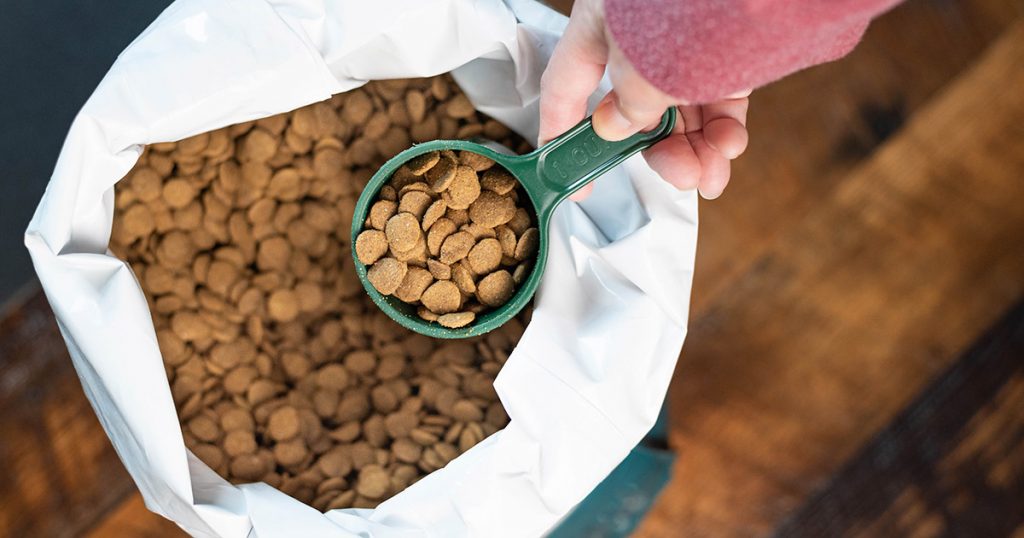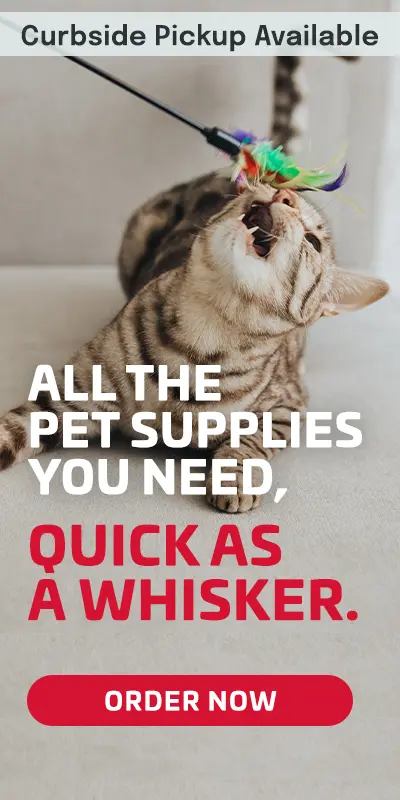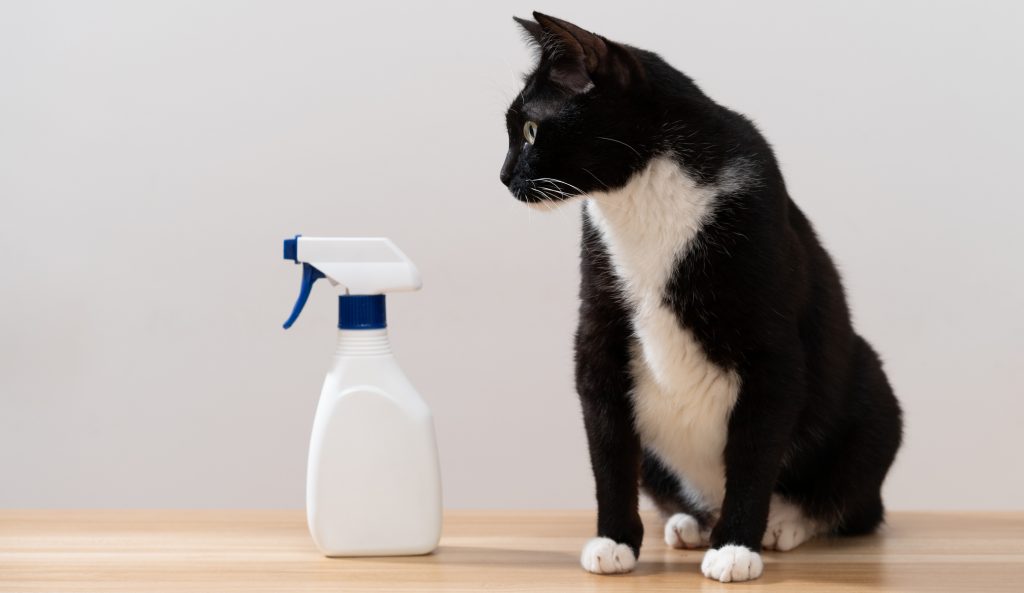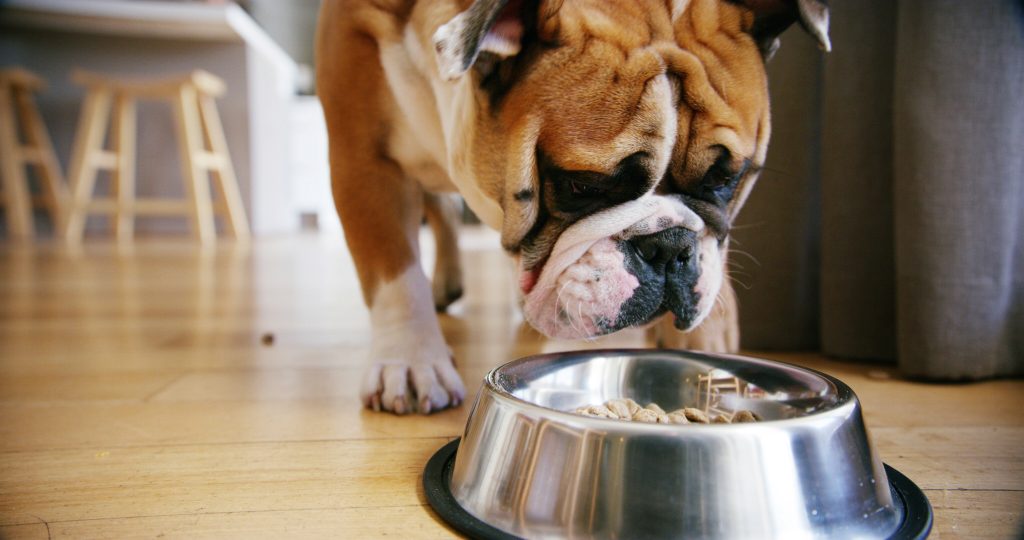Both dry and wet foods for dogs are formulated to provide nutritionally balanced diets. Each type of food has its own unique benefits and drawbacks. Making sure that your dog eats the right amount of food is most important and which type of food to turn to is up to the owners, caretakers, or veterinarians.
A mix of dry and wet food is a good option as it increases the palatability of the dry kibble. Owners use it as an incentive for picky eaters as it offers more flavor, better taste, and smell.
What is the primary difference between dry kibble and wet dog food?
As mentioned before, they both will deliver comparable nutrition, and the main difference comes from how the food is processed.
Wet food starts with ground protein. Components that contain minerals, grains and vitamins and later added. This mix is sterilized and canned.
Dry kibble has a similar content, but the mixture is pulverized, cooked, formed, and dried.
While dry food will have around 10% maximum moisture content, wet foods have about 75% moisture content. This will be the primary difference between these food types that later lead to their unique benefits.
Primary benefits of wet dog food when compared to dry foods.
- Palatability seems to be a big one, especially from the perspective of your furry companions. It is often more flavorful and may help with picky eaters or older dogs with a reduced appetite.
- Wet food can help increase water intake.
- Additional support to weight management as the water in wet food will make your dog feel full faster.
- It is easier to chew and may help dogs with dental issues.
- It is easier to administer medication and supplements in wet food.
Benefits of dry dog food.
- Cost and convenience. A large bag of dry dog food lasts a long time and is generally a lot more affordable than the wet alternative. Dry food can be left out all day without the worry of it spoiling, especially when your dog is a grazer.
- Many toys use dry kibble to promote canine enrichment, or they can also be used in slow feeders.
- Dry food encourages chewing and helps prevent tartar buildup.
It’s up to the owners to choose the type of food but keep in mind that mixing wet and dry food is a good option. If you are introducing wet food into your dry kibble mix, make sure you adjust the overall serving to provide the same amount of nutrition your dog needs, as just adding wet food may cause weight gain.
You can shop for both wet food and dry food for your dog in our Mounds Local Stores or online.





